11”
8.5”
FOLD
FOLD
FOLDFOLD
OPP/Lic
Manual
Outside
v1
EngSpn
1000012513
09.21.10
RO
Keyline does
NOT PRINT
E N G L I S H
WARNINGS
• Impact forces, even in a common low speed accident, can result in
serious injury or death, even when a helmet is worn.
• Helmets can’t prevent all head injuries. Brains can be injured through
rotational motions, which helmets cannot prevent.
• A helmet can only help protect what it covers.
YOU SHOULD ALWAYS:
• Wear your helmet low in the front to protect the forehead.
• Fasten the buckle and check strap adjustment often.
• Replace your helmet immediately if it shows any visible signs of damage.
• Clean your helmet with mild soap and water only.
• Store your helmet in a cool dry place.
• Ride safely, and obey all trafc laws.
YOU SHOULD NEVER:
• Wear anything under your helmet.
• Wear a bicycle helmet while on a motor vehicle.
• Attach anything to your helmet.
• Let your child play with a helmet, as they may damage it.
• Wear a helmet that does not t or cannot be adjusted properly.
• Leave a helmet in direct sun or in a car on a sunny day. Do not use
heat-damaged helmets.
• Wear a helmet while climbing, as the helmet may snag, resulting in
strangulation.
E S PA Ñ O L
ADVERTENCIAS:
• Las fuerzas de impacto, aun en un accidente común y corriente a baja
velocidad, pueden resultar en lesiones graves o la muerte, aun cuando se
trae puesto un casco.
• Los cascos no pueden prevenir todas las lesiones en la cabeza. El cerebro
puede lesionarse debido a movimientos de rotación, los cuales los cascos
no pueden prevenir.
• Un casco sólo puede proteger lo que cubre.
USTED SIEMPRE DEBE:
• Usar su casco de manera tal que cubra su frente para protegerla.
• Abrocharse la hebilla y vericar seguido el ajuste de las correas.
• Reemplazar su casco inmediatamente si muestra cualquier señal visible
de daño.
• Limpiar su casco con jabón suave y agua únicamente.
• Guardar su casco en un sitio seco y fresco.
• Conducir con seguridad y obedecer todas las leyes de tráco.
USTED NUNCA DEBE:
• Traer cosa alguna puesta bajo su casco.
• Traer puesto un casco de bicicleta al estar dentro de un vehículo
motorizado.
• Fijar cosa alguna a su casco.
• Dejar que su hijo/a juegue con un casco, ya que lo pueden dañar.
• Usar un casco que no se adapta o no se ajusta correctamente.
• Dejar un casco bajo los rayos directos del sol o en el interior de un
automóvil en un día asoleado. No use cascos dañados por el calor.
• Usar un casco al escalar, ya que el casco se puede enganchar, dando por
resultado en la estrangulación.
© 2010 Bell Sports, Inc.
Rantoul, IL 61866 USA 1-800 456 BELL
Printed in China - Impreso en China
www.bellbikestu ff.com
Part#/Pieza No. 1000012513
BICYCLE HELMET
Owner’s Manual
CASCO DE BICICLETA
Manual del propietario
Notied Body BSI
389 Chiswick High Road
London, W4 4AL
Notied Body No. 0086
Cuerpo noticado
Bell®, Quick Fit™, Cam-Lock™, Smart Fit®, Half Nelson Pro Fit™, Dial Fit™, Infant Fit Bridge™, TrueFit® and the Bell
ellipse logo® are all trademarks of Bell Sports, Inc., Rantoul, IL
EYES
EARS
MOUTH
EYES: The rim of the helmet should be 1-to-2
nger-widths above the eyebrows.
OJOS: El borde del casco debe quedar a uno o
dos anchos de dedo por arriba de las cejas.
EARS: The straps should form a "V" under
just beneath the ear lobe.
OÍDOS: Las correas deben formar una “V”
justamente abajo del lóbulo de la oreja.
MOUTH: When the rider opens his mouth,
the buckle should feel snug on the chin and
the helmet should hug the head.
BOCA: Cuando el/la ciclista abre su boca, la
hebilla debe sentirse ajustada en el mentón
o barbilla y el casco debe sentirse ajustado
alrededor de la cabeza.
Fit Check List
Use it every time you ride.
Úselo cada vez que se sube a su
bicicleta.
OJOS
OÍDOS
BOCA
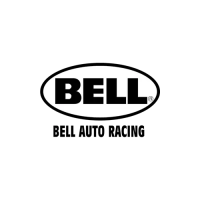
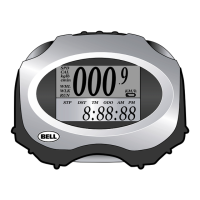
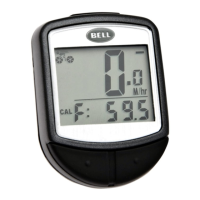
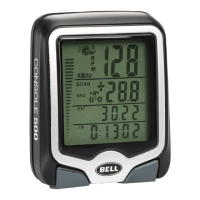

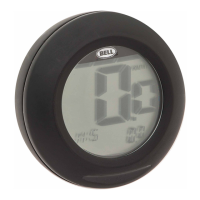
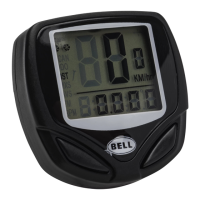


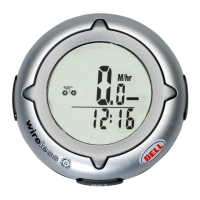
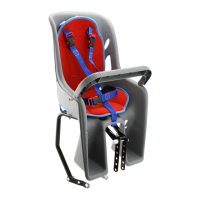
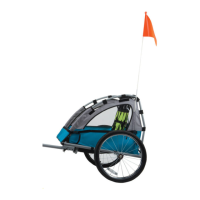
